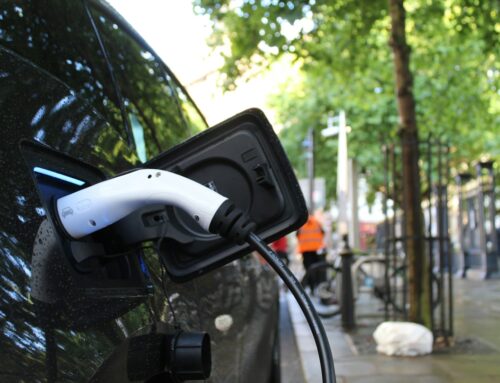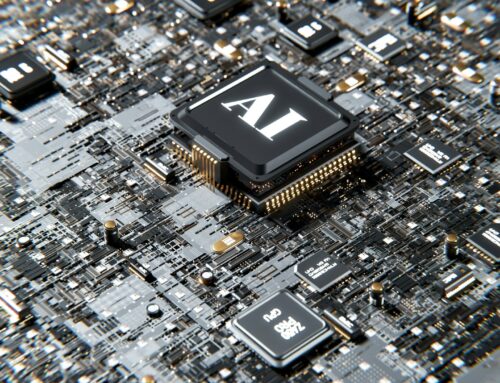By 2026, the valuation of the smart home automation market is expected to gradually reach $203.3 billion, bringing a revolutionary impact.
The integration of technological innovation, sustainability goals, and consumer demand is transforming homes into smart havens. Driven by a mature telecommunications industry and regulatory support, North America’s pioneering role has set the tone for market trends. The surging demand for remote monitoring, energy efficiency, and security highlights the versatility of this technology. Key players such as Johnson Controls, ABB Ltd., and Crestron Electronics are at the forefront of innovation, actively shaping the applications of smart home automation. The journey of smart homes is not only a technological evolution but also a cultural shift, ushering in a new era of connected living.
Four Key Drivers of Smart Home Automation:
Remote Monitoring & Energy Efficiency
The growing demand for remote home monitoring, coupled with rising energy costs, serves as a major driver of the smart home automation boom. The ability to remotely control and monitor home devices significantly contributes to market growth.
Smart Cities & Government Regulations
Smart home automation plays a crucial role in the development of smart cities. Government regulations aimed at limiting energy consumption and emissions further boost the market. Smart homes align with global sustainability goals and the creation of eco-friendly living spaces, making them attractive to the market.
The Rise of IoT & Smart Devices
The increasing prevalence of the Internet of Things (IoT) and smart devices is a key driver of smart home automation. The seamless integration of various devices and systems enhances the overall user experience, driving consumer adoption of smart home solutions.
Technological Advancements & Smart City Development
Technological progress and the broader development of smart cities are accelerating the growth of smart home automation. The synergy between innovation and urban planning creates a favorable environment for smart home solutions.
At the same time, technological advancements are unlocking greater potential for the following applications:
Voice-Operated Systems
Voice-controlled home automation systems enable users to manage everything from lighting and temperature to music and home security through voice commands. These smart devices utilize natural language processing and machine learning algorithms to understand and interpret commands. Additionally, voice-controlled systems can seamlessly connect with other smart devices, offering greater control and versatility. For example, users can use voice commands to lock/unlock doors, activate/deactivate security systems, order groceries, or play music.
Energy-Efficient Smart Home Technology
The adoption of energy-efficient devices has become a key tool for reducing carbon emissions. Smart home energy-saving devices come with unique features that make energy conservation easier than ever. For example, lighting systems automatically dim or turn off when a room is unoccupied, saving electricity and extending bulb lifespan. Additionally, scheduling lights to turn off at pre-set times ensures zero energy wastage. By integrating energy-efficient smart home devices into daily life, people can reduce environmental impact while benefiting from lower electricity costs. Embracing this trend will lead to a more sustainable and economically advantageous future.
AI Assistants
Artificial Intelligence (AI) is making life more convenient and efficient. AI-powered virtual assistants, such as Amazon Alexa and Google Assistant, have become commonplace in many households. These intelligent companions can answer queries, provide weather updates, and operate smart gadgets. In the coming years, AI will become even more integral to home automation. Your home will learn your habits and adjust accordingly to create the perfect atmosphere.
Biometric & Enhanced Security Systems
Today’s security cameras and alarms have become smarter and more intuitive. Security systems can recognize faces and use fingerprint scanning to grant access to authorized users. Biometric technology is crucial in ensuring smart home security. Facial recognition and retina scanners are gradually being introduced into door locks and access control systems, allowing only authorized individuals to enter homes with this added layer of security.
IoT in Home Automation
In 2024, the Internet of Things (IoT) will significantly impact home automation. Users can remotely control and monitor various aspects of their homes via smartphone apps or voice commands. The development of IoT in home automation presents growth opportunities for creating truly connected and personalized living environments.





